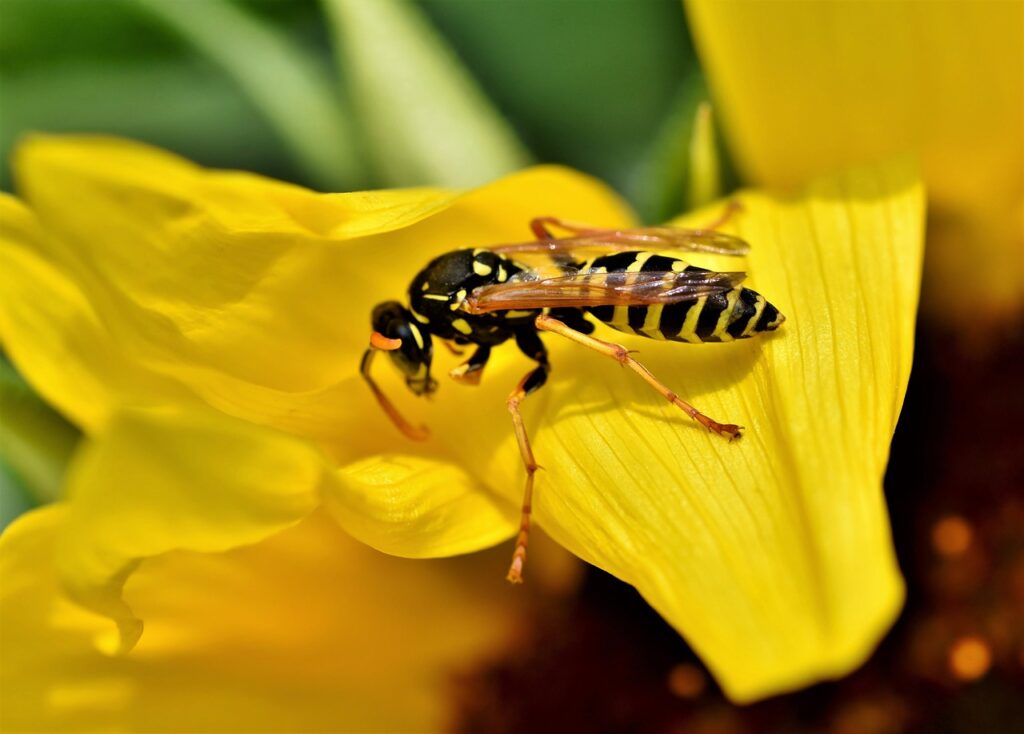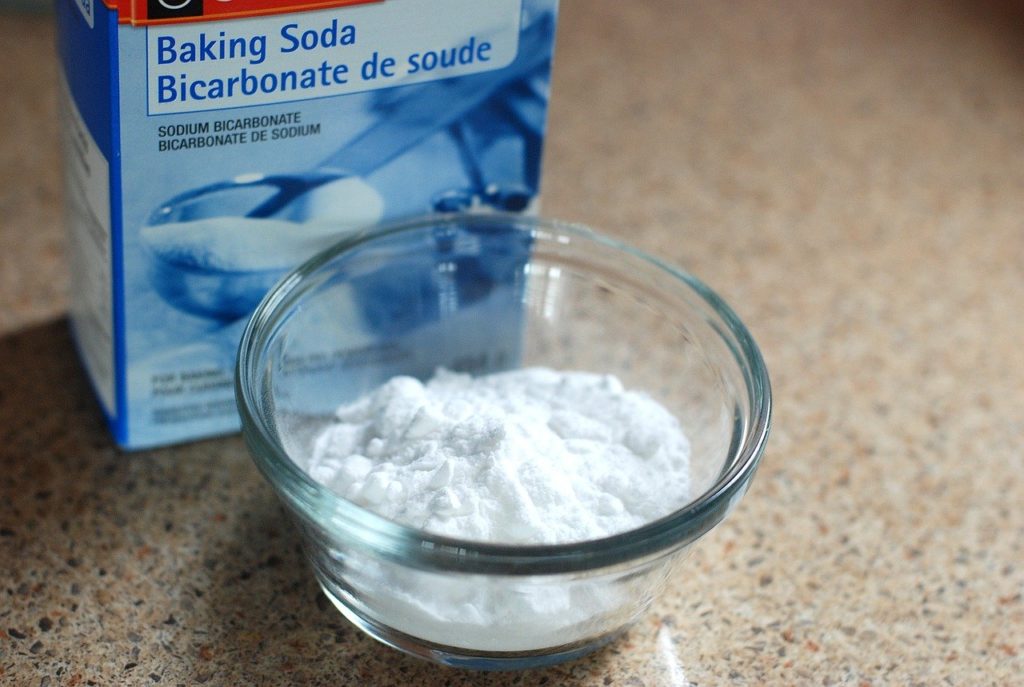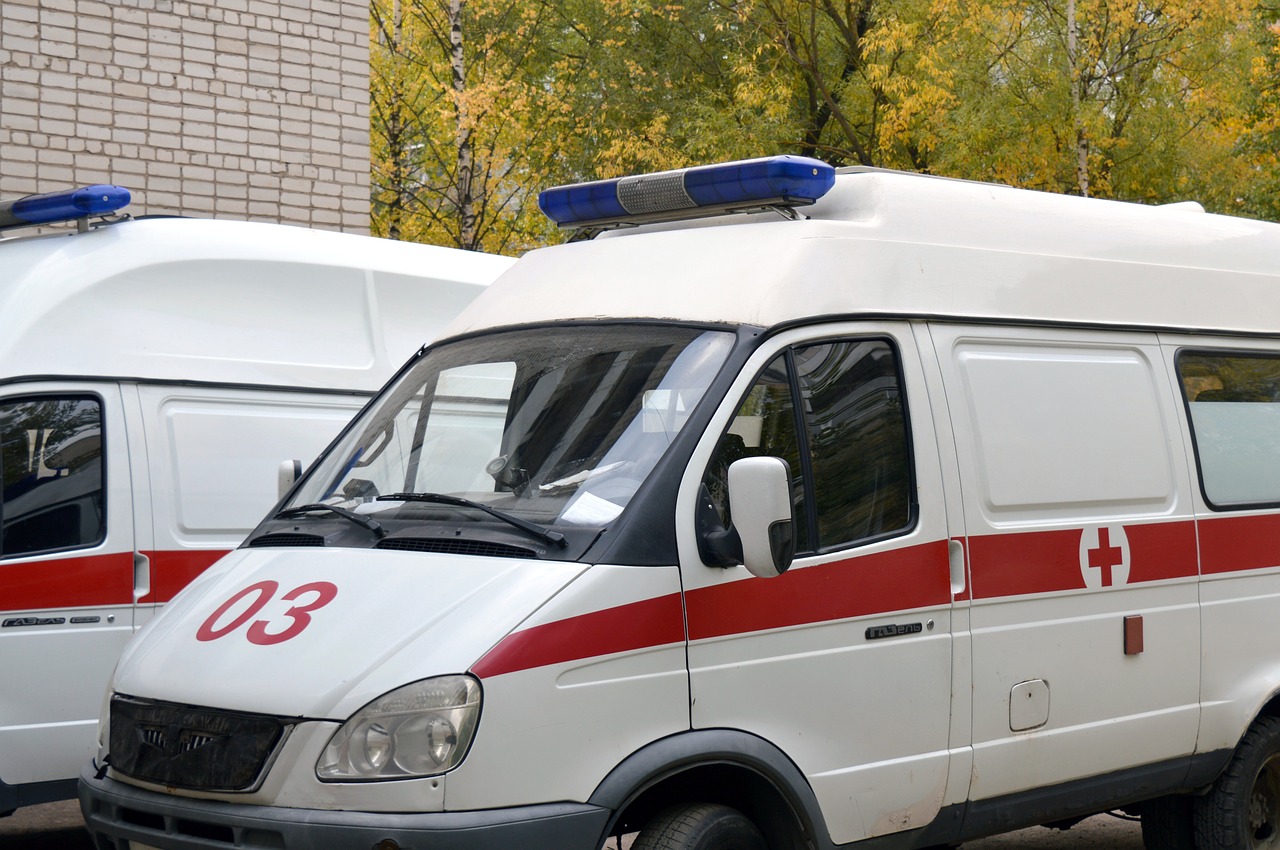Yellow jackets play an important role as natural pest controllers, but they can be considered pests themselves, especially if they nest near your home. If they do nest near your home, you may have a big problem on your hands and could be at risk of yellow jacket stings.
What are yellow jackets?
Yellow jackets are a kind of wasp. Many people just refer to them as ‘wasps’, and that’s okay too. They have black and yellow stripes like bees, but what makes them different from bees is that their bodies are more elongated, while those of bees are more rounded. Yellow jackets are also not covered in hair.
Yellow jackets often nest in shrubs, soil cavities, and trees. But they can also nest in man-made structures, especially in your attics, eaves, and walls. Even though yellow jackets don’t always cause structural damage, they do chew on drywalls, and they will defend their nest at all costs.
Why do they sting?
Yellow jackets sting when they feel threatened. If you have a yellow jacket nest near your home, the yellow jackets there will not appreciate your presence and will view you as a threat. You are at risk of yellow jacket stings even if you are not actively trying to get rid of these pests. Your mere presence is enough reason for them to defend themselves.
Unlike bees, yellow jackets can sting multiple times and they don’t leave their stingers in your skin. This makes yellow jacket stings more dangerous than bee stings.
Yellow jackets are more likely to sting in the colder months of the year. This is because there are not a lot of flowers around to feed on. They end up desperately scavenging for sugar sources around picnics and trash cans. You should be extra careful of yellow jackets during these months.

Symptoms of yellow jacket stings
Yellow jacket stings have the same symptoms as the stings from other stinging pests like bees. They are painful and will turn red and swell. Most of the time, you can treat yellow jacket stings at home, but there are cases where you will need immediate medical attention.
When yellow jackets sting, they inject venom into your body. Your immune system will see the venom as a foreign substance and fight it off. To some people, this triggers an allergic reaction. A severe allergic reaction can be life-threatening. This allergic reaction is called anaphylaxis. Here are the most common symptoms of this dangerous allergic reaction:
- Breaking out into hives
- Diarrhea
- Difficulty breathing or swallowing
- Feeling of light-headedness
- Passing out
- Swelling of the throat
- Vomiting
If you experience some of these symptoms, seek medical attention immediately. Anaphylaxis is considered a medical emergency.
Most people won’t have an allergic reaction to yellow jacket stings, but this doesn’t mean you should be complacent.
Treatments for yellow jacket stings
There are a lot of conventional remedies and home remedies for yellow jacket stings. But please remember that most of them are only effective for sting victims who have little or no allergic reaction to the stings. You should not rely on these remedies if the sting victims are showing signs of anaphylaxis.
Conventional remedies
You can find these conventional remedies in pharmacies. It’s a good idea to have them in stock at home if you are suffering from a yellow jacket infestation or your area is frequented by yellow jackets.
- Calamine lotion. Yellow jacket stings can be very itchy. Apply calamine lotion to the affected areas to reduce itchiness. A topical antihistamine will work just as well.
- Epi-Pen. This is an epinephrine injector that can fight off the symptoms of allergic reactions. If someone in your household has a history of suffering from allergic reactions to yellow jacket stings, it’s ideal to have an Epi-Pen in your first-aid kit.
- Over-the-counter oral antihistamine. Take some antihistamine orally to reduce itchiness and swelling. But remember that antihistamine has a potentially dangerous side effect. It can make you drowsy. Avoid taking antihistamines if you are driving, operating machines, or doing something else that requires a lot of attention.
- Over-the-counter oral pain reliever. Acetaminophen and ibuprofen are some of the most common oral pain relievers you can get over-the-counter. Use them to relieve the pain and general discomfort associated with the stings.
Home remedies
Home remedies are great because they are easily accessible, but take them with a grain of salt. Their effectiveness may be unreliable compared to conventional remedies. But a lot of people claim to have good results with these home remedies. They can also serve as your first-aid solution when conventional remedies are not yet available.
- Wash with soap and water. In general, washing with soap and water is a good first-aid solution for various types of wounds, including yellow jacket stings. It will help clean the wound, wash off the venom, and relieve pain temporarily.
- Use an ice pack. Coldness is a good way to immediately reduce inflammation and swelling. But don’t apply ice directly to your skin. Wrap the ice with a towel or washcloth. Avoid pressing the ice pack to your skin for too long. It may cause more harm than good.
- Make a baking soda or meat tenderizer paste. Make a paste with either baking soda or meat tenderizer and apply it to the affected areas. To make the paste, simply add about a spoonful of either baking soda or meat tenderizer to water. There is no strict water ratio. Just gauge until you can make a paste.
- Apply vinegar. Vinegar can help kill bacteria and prevent infections. Put some vinegar in a cotton ball and press the cotton ball on the affected areas from time to time. But remember not to solely rely on vinegar to get rid of bacteria and infections. It’s only a home remedy that’s best suited as a first-aid solution.

Yellow jacket stings can be dangerous
Yellow jackets may be useful in nature, but you don’t want them near you, your family, and your property. Let them do their duty in nature away from your home. If you are suffering from a yellow jacket infestation, it’s best to get the help of professional pest controllers. They have the equipment and the knowledge to get rid of these pests effectively and safely.
If you don’t get rid of the yellow jackets bothering your property, you are putting your household at risk of yellow jacket stings. To many people, the stings are just slight inconveniences. But to some, the stings can be life-threatening. You shouldn’t take any chances and please take yellow jacket infestations and stings seriously.

